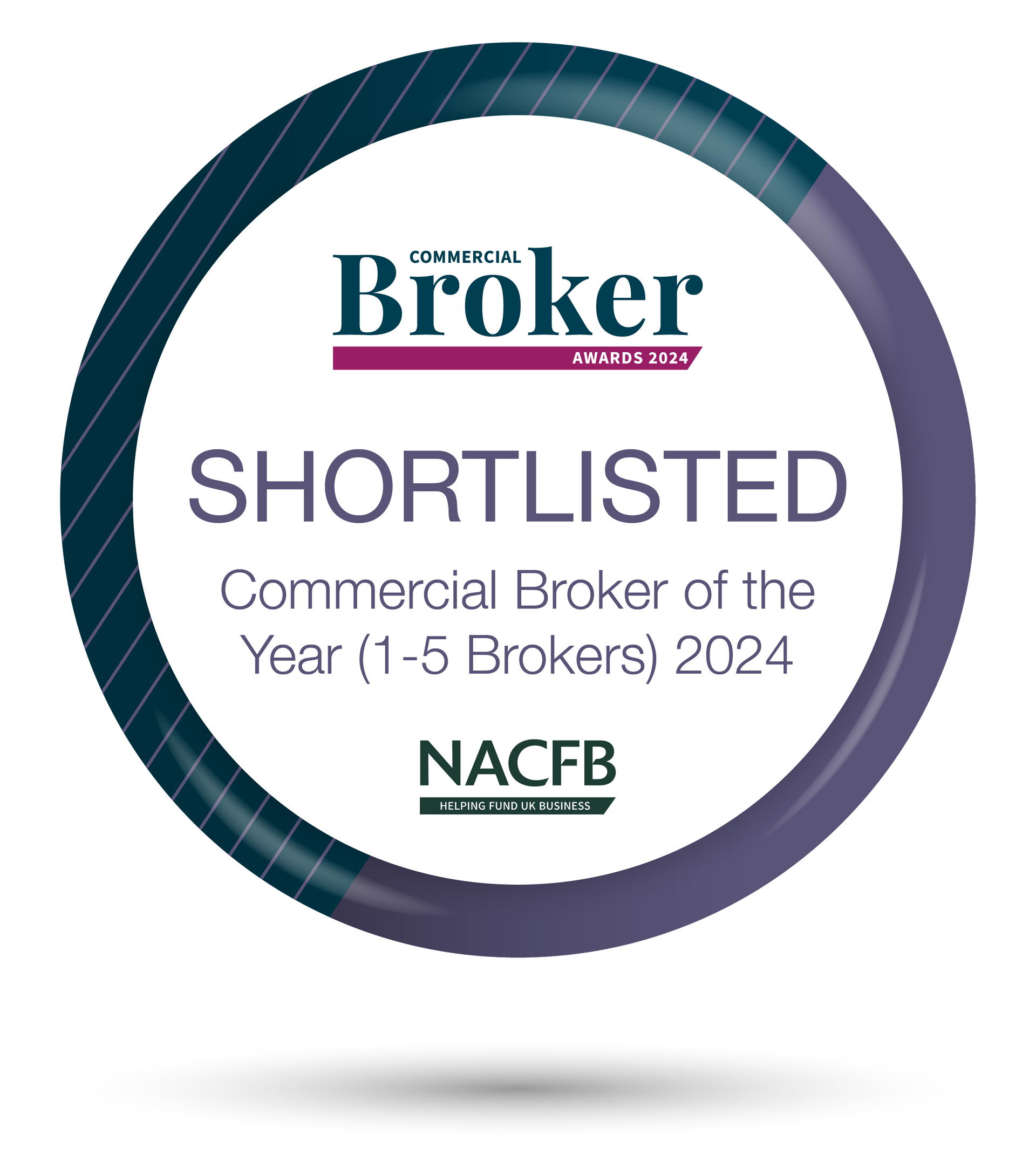
Slide title
Write your caption hereButton
Free Property ROI Calculator
If you’re considering property refurbishment, we’ve designed this specifically for you.
BUY - REFURBISH - RENT - REFINANCE. … SOUND FAMILIAR?
Investors often utilise this common strategy by identifying opportunities to renovate properties before refinancing them at a higher value. This approach enables them to recycle their initial capital investment for future projects. Our complimentary PROPERTY ROI CALCULATOR provides essential insights to help you understand the numbers.
PROPERTY INVESTORS, WE’VE GOT YOU COVERED
Investing your hard-earned capital in property can be lucrative, but choosing the right finance is the key to your success.
SHORT-TERM FINANCE
If you want to complete a transaction quickly or make fast capital returns, then the flexibility of short-term finance could be the right choice for you. Whether that’s bridging finance, development finance or a developer exit facilitate, there are 1,000’s of solutions to help you reach your goals.
BUY TO LET MORTGAGES
Investing in property for an income or long-term capital appreciation? Then a traditional mortgage facility is likely to tick the box. Standard AST, HMO, multiple units, serviced accommodation, Holiday lets … they come in all shapes and sizes, so finding the right mortgage for you is essential.
COMMERCIAL MORTGAGES
Covering a whole host of scenarios, a commercial mortgage could be right up your street if you’re investing in mixed use or wholly commercial property. Alternatively, you may have a portfolio of residential properties and are looking to simplify your admin … in which case a commercial mortgage could be just what you’re looking for.
The Property Finance market
There are thousands of products available in the Property Finance market, however they generally fall into the following categories. Simply expand the list to discover what they are, how they can be used, and any potential considerations to bear in mind:
AUCTION & BRIDGING FINANCE
What is it?
Bridging finance, also known as short-term lending, serves as a temporary financial ‘bridge’. It’s designed to fulfil immediate, short-term financial needs until a more permanent financial solution is in place.
How can it be used?
Bridging finance is versatile and can be employed in various scenarios, such as:
- Quickly acquiring a property, especially at auctions where the completion is required within 20 working days.
- Securing funds against properties that are currently not mortgageable, for instance, those without essential facilities like a kitchen or bathroom.
- Obtaining financing against land before planning permission is granted or for properties due for refurbishment.
Considerations
When opting for bridging finance, it’s crucial to consider:
- Exit Strategy: The most critical aspect is planning how to repay the bridge loan. It’s advisable to have multiple exit strategies to keep options open.
- Interest Rates: While typically higher than conventional mortgages, bridging loans can be cost-effective when used appropriately.
- Speed: Ensuring all preparations are complete before auction deadlines is essential.
Despite potentially higher interest rates, the absence of early exit penalties makes bridging finance a potentially perfect solution when used short-term and for the right reasons
BUY TO LET, HMO & MULTI UNIT BLOCKS
What is it?
Buy to Let (BTL), Houses in Multiple Occupation (HMO), and Multi-Unit Properties are distinct categories of property investments, each with unique characteristics and tenancy types. These investment options vary based on factors such as investor budget, long-term goals, desired involvement level, and risk tolerance.
How can it be used?
- Buy to Let: Typically involves a single house or flat rented to one family under a single tenancy agreement, with tenants covering utility bills. It’s a relatively passive investment, suitable for investors seeking long-term, stable tenancies.
- HMO: Characterized by a property rented to three or more unrelated individuals. HMOs can range from small houses to large buildings with numerous bedrooms. Landlords are responsible for utilities and communal areas, offering a diversified risk profile due to multiple tenants.
- Multi-Unit: Refers to properties subdivided into separate living spaces, such as a house converted into flats or an entire block of apartments. Each unit can operate as a BTL or HMO, providing multiple streams of income.
Considerations
- Buy to Let: Investors should consider the impact of rent non-payment, as income relies on a single rental payment.
- HMO: While mitigating some non-payment risks, HMOs require consideration of higher running costs and maintenance responsibilities.
- Multi-Unit: Offers diversification by nature of being multi let. Depending on how each unit is let, an investor’s property experience and background income can be crucial in lender selection.
These property investment types cater to different investor profiles and require careful consideration to align with personal investment strategies and financial objectives.
SERVICED ACCOMODATION & HOLIDAY LETS
What is it?
Serviced Accommodation and Holiday Lets represent a burgeoning sector in property investment, appealing to investors seeking properties with higher yield potential. These are essentially Buy to Let (BTL) properties offered on a short-term basis, often rented out nightly or weekly.
How can it be used?
These properties cater to a market that requires temporary lodging, such as tourists or business travellers. Unlike traditional BTLs, they don’t involve long-term tenancy agreements, necessitating specialised financial products not universally available from lenders.
Considerations
- Management: Self-managing these properties is intensive, involving turnover tasks like cleaning and laundry after each stay.
- Returns: The income potential is significantly higher than standard BTLs, particularly during peak seasons.
- Affordability: Lenders assess affordability either by the net rent (gross rent minus running costs) or by potential rent if let on a standard 6-month Assured Shorthold Tenancy (AST).
- Factors for Lending: The property’s location, the investor’s experience, the target tenant demographic, and the projected rental income are critical in obtaining financial backing.
Serviced accommodation and holiday lets offer a dynamic investment opportunity with the promise of high returns, albeit with considerable management involvement and specific lending considerations.
COMMERCIAL & SEMI COMMERCIAL MORTGAGES
What is it?
A Commercial Mortgage is a loan secured by commercial property as opposed to residential real estate. This type of mortgage can be taken out on various commercial properties, including shops, offices, hotels, cinemas, and more. Semi-Commercial Mortgages, or ‘mixed-use’ mortgages, are secured against properties that combine commercial and residential elements, such as a shop with a flat above it.
How can it be used?
Commercial mortgages are utilized in two primary ways:
- Trading Mortgages: Also known as ‘owner-occupied’ mortgages, these are for businesses that own and operate out of the property, such as retail stores or industrial units. The business’s ability to repay the mortgage is evaluated based on its pre-tax profits or EBITDA.
- Investment Mortgages: These are for properties leased to a third party, generating rental income for the owner who acts as the landlord.
Considerations
When exploring a commercial mortgage, several critical factors must be meticulously evaluated to ensure a sound financial decision:
- Loan Repayment: Assessing whether the loan will be serviced through business profits or rental payments is fundamental to determining the loan’s feasibility.
- Lease Terms: Understanding the terms of any lease arrangements, including duration, rental amounts, and tenant obligations, is crucial as they directly impact the property’s income-generating potential.
- Borrower Experience: The experience of the borrower plays a significant role, as lenders often consider the track record and expertise of the applicant in managing commercial properties.
These considerations are pivotal in securing a commercial mortgage that aligns with the borrower’s financial capabilities and investment strategy. It’s advisable to approach these aspects with thorough planning and professional advice.
DEVELOPMENT FINANCE & DEVELOPER EXIT
What is it?
Development Finance is a complex product; often considered the advanced counterpart to bridging loans. It’s primarily utilised for significant property development projects, such as constructing new buildings from the ground up or undertaking major, heavy refurbishments. On the other hand, Developer Exit is a strategic short-term lending option designed to release capital once the once the works are fully complete and ready to sell.
How can it be used?
Development Finance is based on the projected Gross Development Value (GDV) of the property post-completion, rather than its current value. Lenders release funds in stages, tied to construction milestones, and may oversee the project to ensure quality and progress. Developer Exit serves as a financial bridge, allowing developers to release capital from the current scheme whilst potential sales progress.
Considerations
- Repayment: Development loans are typically cleared through the sale of the developed units, a Developer Exit facility, or by refinancing onto a long-term mortgage.
- Lending Criteria: Factors such as the developer’s experience, the project’s location and size, and the available capital contribution are crucial in lender evaluations.
- Developer Exit Advantages: This facility can provide up to 75% of the GDV, freeing up capital for the developer’s next project and allowing more time to achieve maximum sales value.
Both Development Finance and Developer Exit are sophisticated financial products that require careful consideration and understanding of the market, as well as a clear strategy for managing the development lifecycle.
PROPERTFOLIO FINANCE & INCORPORATIONS
What is it?
Property Portfolio Finance involves leveraging two or more properties as collateral for single or multiple mortgages. This financial strategy can accommodate portfolios of any size. Once a landlord possesses more than four residential investment properties, they encounter enhanced rules and regulations, making specialist advice crucial.
How can it be used?
A portfolio facility can be used to mitigate refinance costs and align expiry dates of existing facility, this has the effect of simplifying future refinances. Combining properties into one more account can also benefit challenging properties were the rental income may be insufficient to reach maximum leverage.
Considerations
A property portfolio can be structured in various ways to meet a landlord’s specific needs, with key considerations including:
- Tax implications of the portfolio
- Securing the lowest interest rates
- Obtaining the longest lender commitment terms
- Maximising borrowing capacity, often up to 75% of the portfolio’s value
- Choosing repayment strategies, such as interest-only or capital and interest
- Opting for a single loan account for administrative simplicity or multiple accounts for flexibility
Incorporating a property portfolio into a Limited Company has become increasingly popular, offering different tax treatments compared to personal ownership. This process, known as ‘Incorporation,’ involves transferring the legal ownership of properties from an individual to a corporate entity. It’s advisable to gain specialist tax advice should you wish to explore this option.
SIPP & SASS MORTGAGES
What is it?
SIPP/SSAS Lending offers a unique opportunity to combine pension investments with property investments. Through a Self-Invested Personal Pension (SIPP) or a Small Self-Administered Scheme (SSAS), individuals can invest in commercial property, generating rental income and potential capital growth to enhance their pension fund’s value for retirement.
How can it be used?
Individuals can leverage up to 50% of their pension pot to secure a mortgage for commercial property investment. For example, with a £200,000 invested in a SIPP/SSAS, one could obtain a mortgage of £100,000, allowing for a total investment budget of £300,000. Business owners can also use their pension funds to purchase the commercial property from which they operate, effectively paying rent to their pension, which can yield significant tax benefits.
Considerations
- Borrowing Limit: The borrowing is capped at 50% of the pension pot’s value.
- Investment Budget: The combined pension and loan amount determine the investment capacity.
- Business Use: Utilizing a pension fund to own and rent commercial property for a trading business can offer tax efficiencies.
- Professional Advice: Consulting with a Pensions or tax adviser is essential to navigate the complexities of SIPP/SSAS lending and to maximise the financial and tax advantages.
This approach to property investment through pension funds provides a strategic avenue for growing retirement savings while potentially reaping the rewards of property ownership and income. It’s important to seek professional advice to ensure compliance with regulations and to optimise the benefits.
Want to know more?
Navigating the financial landscape of property investment can be complex, but with the right guidance, it becomes an opportunity to thrive. For a discussion that could shape the future of your investments, get in touch today.
BACKGROUND & OBJECTIVES
At the outset, we invest time to fully understand your unique journey and future aspirations. This involves delving into your specific aims, objectives, and financial situation—a critical step in our overall process.
CHALLENGES & SOLUTIONS
Taking a proactive approach, we identify any potential hurdles that could arise. By doing so, we can explore viable solutions to overcome these challenges effectively.
MARKET REVIEW & TERMS
We meticulously compile essential information, which we then present to carefully selected funders. Our goal is to secure favourable terms based on your individual circumstances.
APPLICATION PROCESS AND NEXT STEPS
Confirming the subsequent steps, we guide you through the necessary documentation. Our dedicated team ensures seamless project management from start to finish.

Time is money. Our aim is to save you both.
“Gareth is, quite simply, the most effective and efficient broker we have used.”
EMILY
“Gareth performed a wonderful service in, not only arranging the mortgage but, even more importantly, he made sure that the lawyers spoke to each other.”
PHILIP
“Wanted to say a massive thank you as we could have not done it without you.”
VIKTORIA
“I am very satisfied with the outcome and the customer service that he gave me.”
EMMA
COMMERCIAL BROKER OF THE YEAR 2024
We’re thrilled to share that Eastgate Commercial Finance has been shortlisted for the prestigious NACFB Broker Awards 2024 as ‘Commercial Broker of the Year (1-5 Brokers)’.
Being nominated alongside some of the UK’s finest small and medium firms is truly an honour and a privilege. We’re grateful for this recognition and humbled by the company we keep.
EASTGATE COMMERCIAL FINANCE
© Copyright 2024 Eastgate Commercial Finance Ltd. All Rights Reserved.





